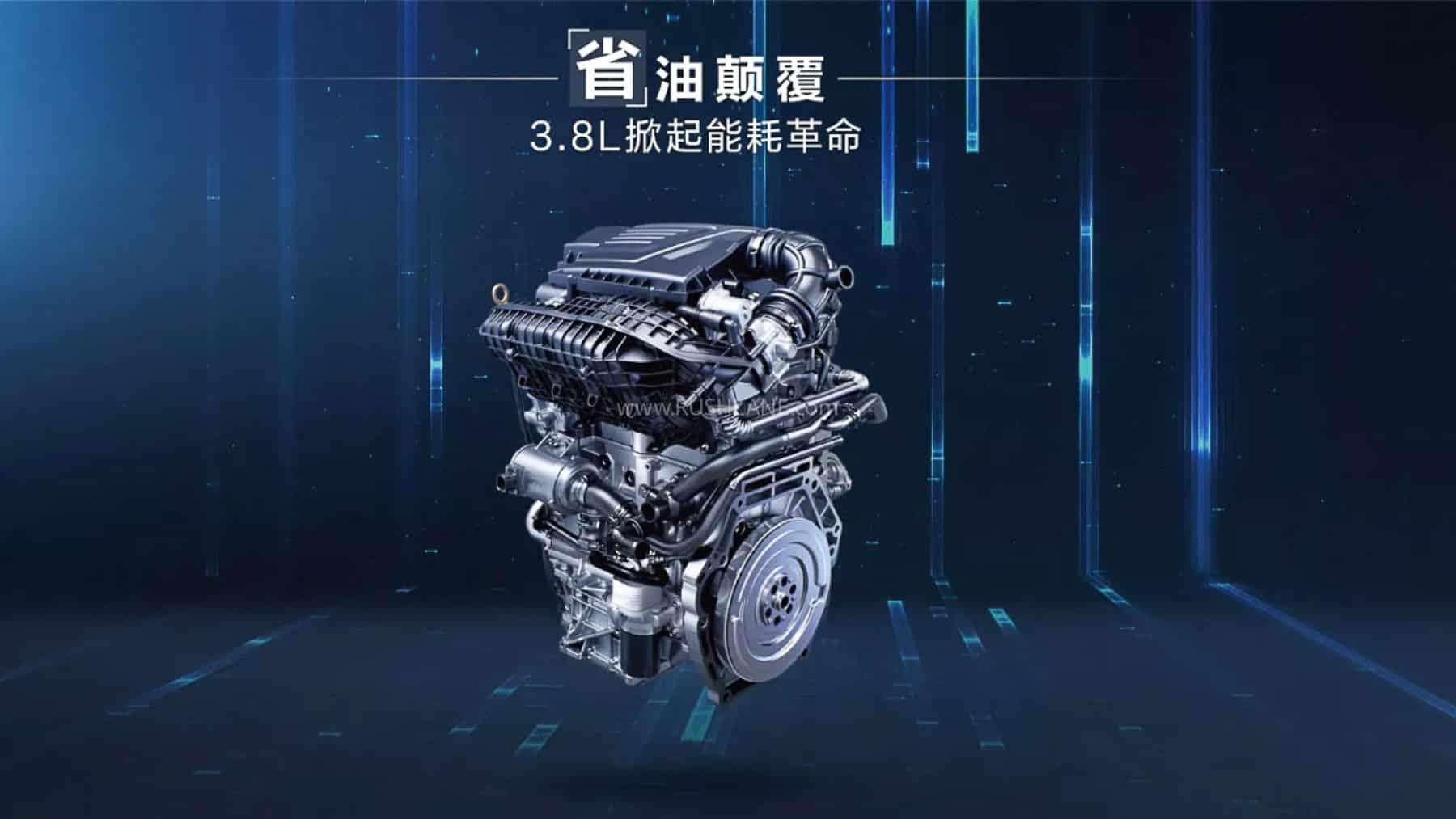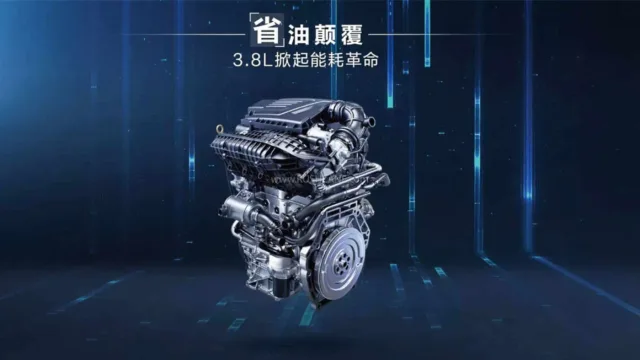
Electric vehicles are known for their smooth and silent engines, their impressive environmental benefits, and their cleaner and more sustainable rides. While they provide drivers with a more conscious choice of car, they do have some downfalls that limit widespread adoption. However, China has worked extremely hard to overcome these setbacks and provide vehicles that a larger target market can enjoy.
The pros and cons of electric vehicles
Electric vehicles are a great choice for those looking to minimise their carbon footprint. These vehicles give off zero tailpipe emissions—a huge difference in comparison to gas engines that account for almost 22% of America’s greenhouse gas emissions.
These vehicles are quiet, powerful, sleek, and stylish, offering drivers the most state-of-the-art technology within a car. With more government incentives as well as emission regulations coming into place, this is the natural move forward to decrease human impact on the environment. However, some downfalls have been preventing the complete support of electric vehicles across the country.
EVs have very limited charging infrastructure in comparison to petrol and diesel cars, and their charging times are longer than traditional refuelling times. Along with a shorter range of driving, customers aren’t all inclined to invest in an EV just yet. But BYD Motors is changing the game with its new engine technology.
BYD revolutionises battery power with its new engine
Chinese automotive company BYD Auto Co., Ltd. is known for its battery electric and plug-in hybrid vehicles that the nations refer to as new energy vehicles. Their latest technology is transcending industry leaders and opening up the EV market to a whole new level.
BYD is launching an all-new sedan/SUV range aimed at families wanting an electric drive, and is using a motor that is breaking records in the industry. Their new models are putting top contenders like Tesla to shame, and while the public would expect to see this kind of power in a supercar, BYD has chosen to fit it into their family-friendly cars instead.
Instead of super-fast sports cars, BYD is focusing on an SUV (the Tang-L) and sedan (the Han-L) to open the market to more customers.
What BYD’s family-friendly vehicles have to offer
Despite being marketed as family-friendly cars, their engines can accelerate from 0 to 100 km/h in just 2.7 seconds (in the case of the sedan) and 0 to 100 km/h in 3.6 seconds for the SUV.
Both of the new models are fitted with Super e-Platforms, a lithium-iron-phosphate Blade battery that is revolutionising the industry. The models are host to a series of updates unlike ever seen before, such as:
- a 1000V charging system with 10C blade batteries that could cut traditional EV charging times in half
- a charging power of up to 1,000 kW (1 Megawatt)
- a 400 km (249 miles) range in just 5 minutes of charging
- a motor reaching 30,511 rpm and delivering 778 hp per module
- 0.2mm ultra-thin silicon steel sheet design
- N50EH high-energy magnets
BYD’s advancements in the industry are truly commendable. While leaders like Tesla have some groundbreaking designs, BYD has outshone Tesla before (check out how they did so a few years ago) and is outperforming them again. Their new models are able to charge twice as fast as Tesla’s latest design and can outperform any V12 on the market. Additionally, they are reportedly the first company to use the megawatt as a unit of power for their charging systems, indicating their major progress and innovation.
China’s new engine is almost rewriting physics with its incredible charging power, speed, and motor efficiency. Tesla may have some incredible vehicles (like this groundbreaking battery design), but never before has an electric vehicle been able to charge as fast as BYD’s. The future is exciting for the EV market, as families, too, are able to enjoy more sustainable drives that do not skimp on power.
Disclaimer: Our coverage of events affecting companies is purely informative and descriptive. Under no circumstances does it seek to promote an opinion or create a trend, nor can it be taken as investment advice or a recommendation of any kind.







